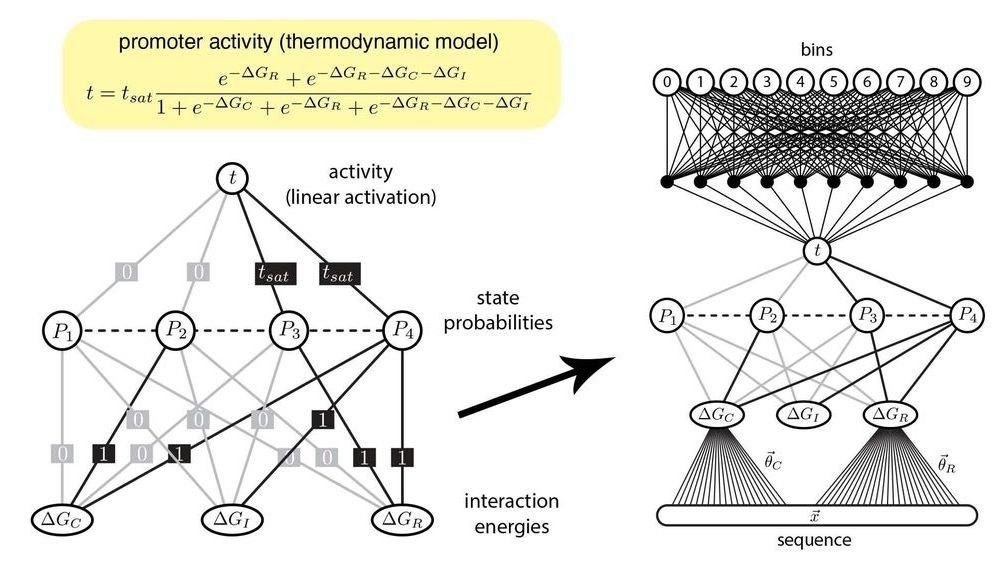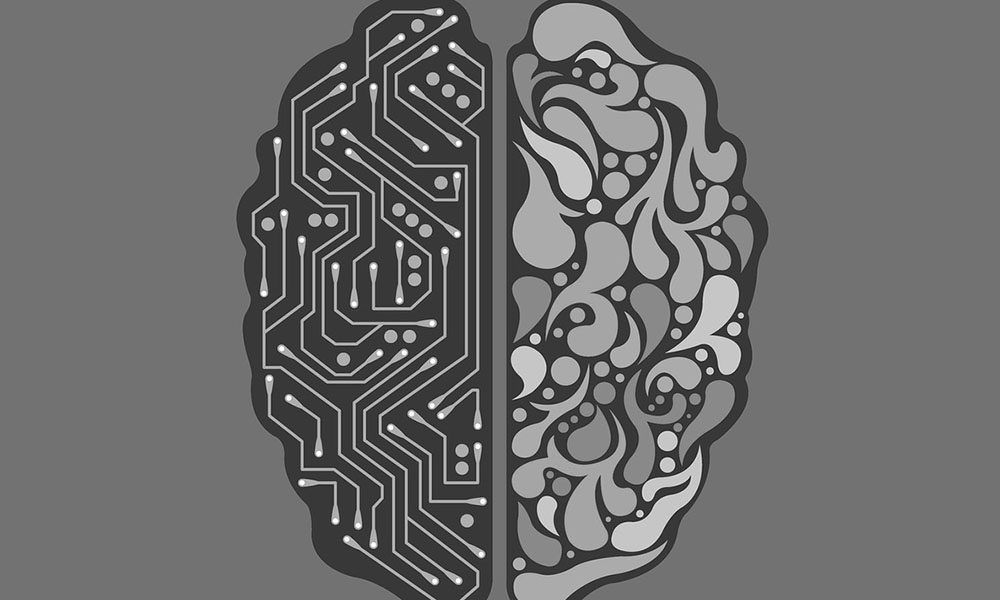The breakthrough system combines a glucose sensor, insulin pump and a smart control algorithm to allow Type 1 diabetes patients to continually regulate blood-sugar levels.


The great Elizabeth Parrish on ageing the most sinister disease on earth… I hate it when words are used to make aging sound like a normal sickness or a great sickness, Such as grandest??? Or most Important disease??? The decomposer disease that Woman-man has called natural aging all these years has been in reality a clandestine plague so complicated yet so easily seen by the naked eye if certain scholars-textbooks do not get in the way…
Aging is The Eukaryotic Cellular pandemic plague AEWR has named the Senesonic-Sensonic plague. A disease that causes all of our cells to age nearly at the same rate causing our cells to have to regenerate the day long or the body drops.
WHEN without the Plague our cells individually would live decades instead of mere hours. Causing a bodily effect of Super Longevity-truly Immortality living into millennia once the plague is ended. SO IT IS NOT Liz’s fault, {I met her at RAADFEST 2018 she is a very special mind} but it is the pioneers of biology’s fault that the Human being has died needlessly for now centuries.
Aging could have been cured 200 and more years ago… I search for strong willed men and Women to now join AEWR as investors-partners in agings now end. We have found the causes and yes a very expensive cure we named the Gerevivify Algorithm… gerevivify.blogspot.com/ WE HAVE MUCH TO DO… r.p.berry & AEWR.
The English philosopher Thomas Hobbes correctly identified the historical state of humans when he said “Life in the state of nature is nasty, brutish and short.” For most of history the average human rarely lived beyond 35 years, but today the average Briton lives beyond 85 years. In this video, Liz argues that this luxury of time helps us realise that we must live with the consequences of our actions — which facilitates caring about our environment and each other. Liz’s organisation, BioViva, intend to accelerate this trend by using advanced medicine to increase health and longevity beyond 100 years for everyone.

Google’s health research unit said it has developed an artificial-intelligence system that can match or outperform radiologists at detecting breast cancer, according to new research. But doctors still beat the machines in some cases.
The model, developed by an international team of researchers, caught cancers that were originally missed and reduced false-positive cancer flags for patients who didn’t actually have cancer, according to a paper published on Wednesday in the journal Nature. Data from thousands of mammograms from women in the U.K. and the U.S. was used to train the AI system.
But the algorithm isn’t yet ready for clinical use, the researchers said.

In a study published Jan. 1 in Nature, researchers from Google Health, and from universities in the U.S. and U.K., report on an AI model that reads mammograms with fewer false positives and false negatives than human experts. The algorithm, based on mammograms taken from more than 76,000 women in the U.K. and more than 15,000 in the U.S., reduced false positive rates by nearly 6% in the U.S., where women are screened every one to two years, and by 1.2% in the U.K., where women are screened every three years. The AI model also lowered false negatives by more than 9% in the U.S. and by nearly 3% in the U.K.
Working with medical experts, engineers at Google Health have created an AI model that lowers false positive and false negative rates for mammogram breast cancer screening.

In this age of “big data,” artificial intelligence (AI) has become a valuable ally for scientists. Machine learning algorithms, for instance, are helping biologists make sense of the dizzying number of molecular signals that control how genes function. But as new algorithms are developed to analyze even more data, they also become more complex and more difficult to interpret. Quantitative biologists Justin B. Kinney and Ammar Tareen have a strategy to design advanced machine learning algorithms that are easier for biologists to understand.
The algorithms are a type of artificial neural network (ANN). Inspired by the way neurons connect and branch in the brain, ANNs are the computational foundations for advanced machine learning. And despite their name, ANNs are not exclusively used to study brains.
Biologists, like Tareen and Kinney, use ANNs to analyze data from an experimental method called a “massively parallel reporter assay” (MPRA) which investigates DNA. Using this data, quantitative biologists can make ANNs that predict which molecules control specific genes in a process called gene regulation.

Even ordinary computers flip a bit here and there, but their quantum cousins have a lot more ways to go wrong.
As the power and qubits in quantum computing systems increase, so does the need for cutting-edge capabilities to ascertain that they work. The Army Research Office and National Security Agency recently teamed up to solicit proposals for research that can help do exactly that.
The entities launched a broad agency announcement this week to boost the development of innovative techniques and protocols that allow for Quantum Characterization, Verification, and Validation, or QCVV, of intermediate-scale quantum systems. QCVV is essentially the science of quantifying how well a quantum computer can run quantum algorithms—and experts agree that it’s a necessary step towards useful quantum computing.

Times reporters traveled to Russia, Switzerland, California and Washington, D.C., talking to experts in the commercial tech, military and A.I. communities. Below are some key points and analysis, along with extras from the documentary.
“Killing in the Age of Algorithms” is a New York Times documentary examining the future of artificial intelligence and warfare.

Nowadays, there is an imperative need for novel computational concepts to manage the enormous data volume produced by contemporary information technologies. The inherent capability of the brain to cope with these kinds of signals constitutes the most efficient computational paradigm for biomimicry.
Representing neuronal processing with software-based artificial neural networks is a popular approach with tremendous impacts on everyday life; a field commonly known as machine learning or artificial intelligence. This approach relies on executing algorithms that represent neural networks on a traditional von Neumann computer architecture.
An alternative approach is the direct emulation of the workings of the brain with actual electronic devices/circuits. This emulation of the brain at the hardware-based level is not only necessary for overcoming limitations of conventional silicon technology based on the traditional von Neumann architecture in terms of scaling and efficiency, but in understanding brain function through reverse engineering. This hardware-based approach constitutes the main scope of neuromorphic devices/computing.

This paper attempts to apply artificial intelligence (AI) to computer network technology and research on the application of AI in computing network technology.
With the continuous expansion of the application scope of computer network technology, various malicious attacks that exist in the Internet range have caused serious harm to computer users and network resources.
By studying the attack principle, analyzing the characteristics of the attack method, extracting feature data, establishing feature sets, and using the agent technology as the supporting technology, the simulation experiment is used to prove the improvement effect of the system in terms of false alarm rate, convergence speed, and false-negative rate, the rate reached 86.7%. The results show that this fast algorithm reduces the training time of the network, reduces the network size, improves the classification performance, and improves the intrusion detection rate.

Marcos López de Prado has been at the forefront of machine learning innovation in finance. The New-York based Spaniard was the first-ever head of machine learning at AQR, one of the world’s largest investment management firms, before he left earlier this year to start his own firm, which sells machine learning expertise and algorithms to Wall Street.
Science, not speculation, is the right way to invest, a top expert tells TIME.